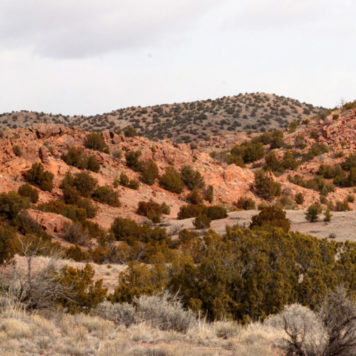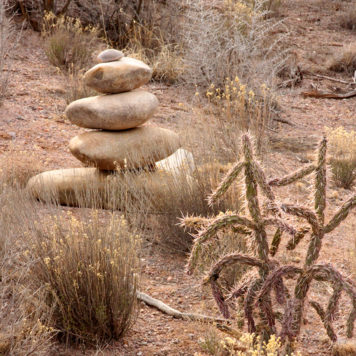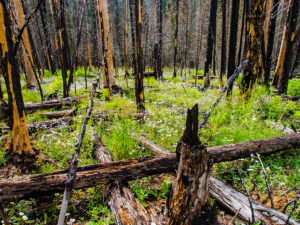From my youth, I was influenced by a traditional eastern philosophy of beauty, known as Wabi-Sabi. In almost direct contrast to the traditional Western/Greek ideals of youth, symmetry and virtue, Wabi-Sabi has a more nuanced approach to the world. Loosely translated Wabi is in praise of rustic simplicity, freshness or quietness, often these qualities are described as understudied elegance. Sabi, on the other hand, is the beauty or serenity that comes with age, when the life of an object and its impermanence are evidenced in its patina or wear. As old as Buddhism itself, Wabi-Sabi has been the main motivator of the eastern aesthetic.
This philosophy has an increasing influence on western aesthetics (think bonsai, minimalism, and the use of reclaimed materials) and many of us who live in the ‘Mountain West’ are embracing these concepts, without being conscious of it. Many people who visit Southwest Colorado see vast expanses of nothingness. An arid landscape dotted with prickly scrub brush and riddled with dangerous animals. But for those of us who embrace the sunshine of the south, we are indirectly shifting our perceptions of beauty from our ingrained western philosophy, to one from the east. Summed up simply: nothing lasts, nothing is finished, and nothing is perfect.
A hillside of ice blue columbine, or a field of cerulean blue larkspur will stop any viewer in their track. Let the graceful undulation of these delicate ephemerals, dancing in a soft breeze, wash over you… in a blink they will be gone. By the time your eyes open again, they are replaced with dozens of unfamiliar species, each with their own struggles, and purpose. We all have a defined lifetime, in Colorado you must adjust for the daily struggle for water, soil, and harsh weather. The delicate body of a short lived wildflower in the face of all that adversity must be appreciated for not only its beauty, but also for its strength.
But a single flower does not survive alone. The ecology of the West is dependent on complex networks of symbiosis and evolution. The columbine cannot grow if ice doesn’t grind granite into soil. Many people see the landscape as finished, the pinnacle of its perfection. But those of us who see the true beauty of the place embrace its change. Fire may be seen as a scar to those who live on the burnt edge of a forest, but it also paves the way for aspen, morels and a world of grasses to thrive. A burnt forest is the best place to find new life. It is the Phoenix manifested.
By acknowledging that we must strive to live here, we celebrate that which can thrive. The lichen which laces the boulders in a dozen florescent colors, the trout that swims up a mountain-side stream and the ponderosa pine that reaches up from a sliver between stones, are to be commended. It is a bonus that those of us who see this stark landscape and fall in love with its impermanence, and its beautiful imperfection, will take the time to breath deep and enjoy this exact moment, because it will never be witnessed again.




